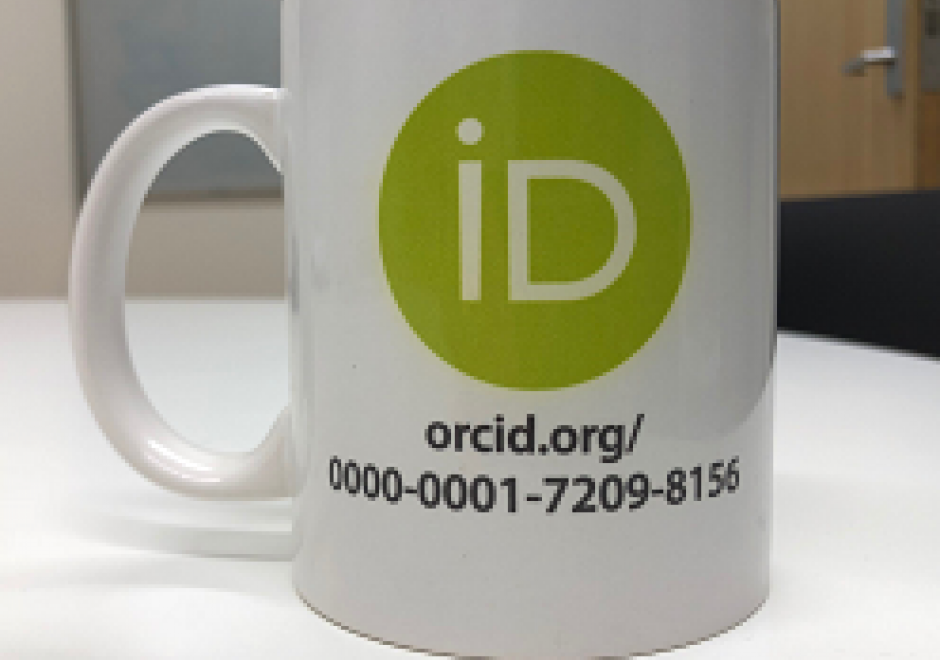CP-26 - eScience, the Evolution of Science

Science—and research more broadly—face many challenges as its practitioners struggle to accommodate new challenges around reproducibility and openness. The current practice of science limits access to knowledge, information and infrastructure, which in turn leads to inefficiencies, frustrations and a lack of rigor. Many useful research outcomes are never used because they are too difficult to find, or to access, or to understand.
New computational methods and infrastructure provide opportunities to reconceptualize how science is conducted, how it is shared, how it is evaluated and how it is reused. And new data sources changed what can be known, and how well, and how frequently. This article describes some of the major themes of eScience/eResearch aimed at improving the process of doing science.


AM-09 - Classification and Clustering
Classification and clustering are often confused with each other, or used interchangeably. Clustering and classification are distinguished by whether the number and type of classes are known beforehand (classification), or if they are learned from the data (clustering). The overarching goal of classification and clustering is to place observations into groups that share similar characteristics while maximizing the separation of the groups that are dissimilar to each other. Clusters are found in environmental and social applications, and classification is a common way of organizing information. Both are used in many areas of GIS including spatial cluster detection, remote sensing classification, cartography, and spatial analysis. Cartographic classification methods present a simplified way to examine some classification and clustering methods, and these will be explored in more depth with example applications.